Prefab Toilets: A Sustainable Solution to Hygienic Public Sanitation
Public sanitation has always been a major concern. According to a report by WaterAid, India is home to the largest number of people without access to basic sanitation facilities. Almost 50% of the country's population lacks access to safe and clean toilets.
With innovative construction technologies, Tata Steel Nest-In’s Prefab toilets have emerged as a viable solution to this problem, offering sustainable and hygienic sanitation options. Let’s understand what these are Prefab Toilets and explore their benefits and challenges.
1. What are Prefab Toilets?
Prefabricated toilets, also known as prefab toilets or readymade toilets, are pre-manufactured structures that provide sanitation facilities in public areas such as parks, streets, and other outdoor locations. They are built off-site, transported to their final location, assembled, and installed by a prefabricated toilet supplier.
These prefab public toilets come in various sizes and shapes and can be customized to meet specific requirements. They are usually made of durable materials that withstand harsh weather conditions and resist vandalism.
Materials used in modular toilets
Modular toilets can be made using materials like steel for the frame, fiberglass for walls and roof, concrete for foundation and flooring, PVC for plumbing and electrical fixtures, aluminum for doors and windows, and ceramic tiles for the walls and floors due to their durability and resistance to moisture. Some models also have air conditioning, heating, and touchless technology for increased hygiene.
2. Benefits of Prefab Toilets for the Environment
- Reduction in water usage: Prefabricated toilets are equipped with water-efficient fixtures, such as low-flow toilets and faucets, significantly reducing water usage. This helps to conserve water resources and reduce the strain on water treatment facilities.
- Reduction in carbon emissions: Prefab modular toilet cabins are designed to be energy-efficient, reducing their carbon footprint. For instance, they are equipped with solar panels to generate renewable energy or use efficient lighting systems that consume less energy.
- Reduction in waste production: Prefab toilets are often designed to minimize waste production. They use composting toilets that break down waste without requiring water or energy-intensive treatment processes. Alternatively, they are equipped with recycling facilities, separating recyclable materials from other waste.
- Use of renewable energy sources: Readymade toilets are powered by renewable energy sources such as solar, wind, or hydropower. This reduces reliance on fossil fuels and helps to promote the use of sustainable energy sources.
3. Benefits of Prefab Toilets for Public Health
While public toilets are necessary, traditional ones pose risks. Prefab toilet blocks address hygiene, sanitation, and accessibility issues to improve public health.
- Reduction in the spread of diseases: Prefab portable toilets prevent the spread of diseases through touchless flushing systems, hands-free faucets, and self-cleaning mechanisms, ensuring public safety and health.
-Improved Hygiene and Sanitation: Prefab toilet units often include easy-to-clean materials, hand sanitizers, hand dryers, and waste disposal systems. This reduces the spread of bacteria and germs, improving public health.
- Increased accessibility for all individuals: Mobile portable toilets cabin in India are designed to be accessible to all individuals, including those with disabilities, with features such as grab bars, wheelchair accessibility, and gender-neutral facilities, promoting inclusivity and accessibility to necessary sanitation facilities.
4. Challenges with Prefab Toilets
Prefab toilets in India face several challenges, similar to traditional toilets. These include a lack of proper maintenance, inadequate sanitation infrastructure, and insufficient water supply. Many people still prefer open defecation, and additionally, there is a cultural stigma associated with public toilets. The government also needs help ensuring the equitable distribution of toilets, especially in rural areas. Finally, issues such as vandalism and theft of fixtures add to the difficulties of operating these facilities.
Overall, prefab public toilets offer a more sustainable and eco-friendly alternative to traditional public toilets. You can find a manufacturer of prefab portable toilets by searching for "readymade toilet near me" or using online directories. Tata Steel Nest-In offers readymade modular toilets EzyNest and Smart EzyNest, which have been used across many Indian states, to help in Swachh Bharat Abhiyaan. Let’s prioritize public health to create a safer, healthier, and more inclusive environment for everyone.
Also Read: Little Known Facts About Smart Toilets in India - And Why They Matter
Contact Us
Recent Post
Climate-Resilient Construction: The Growing Demand For Weather-Ready Prefab Spaces
Stylish Modular Spaces Built for Every Terrain
How We Built Strong & Efficient Rolling Mill Main Pulpits In Ludhiana, Punjab
Climate Is Changing. Our Buildings Must Too: How Prefab Creates A Greener, Safer Future
Built for Emergencies: Why Modular Construction Is Ideal for Rapid Disaster-Relief Infrastructure
Category
- Nest-In 108
- HabiNest 65
- MobiNest 124
- Nestudio 28
- EzyNest 21
- Smart EzyNest 6
- ChargeNest 7
- Covid Offerings 4
- Brand 7







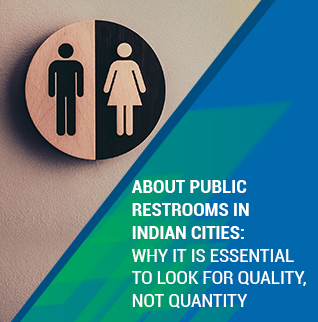


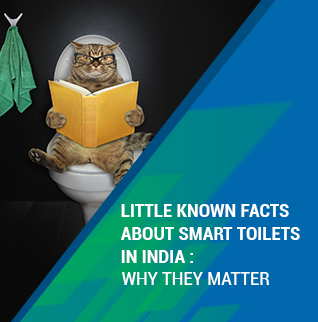
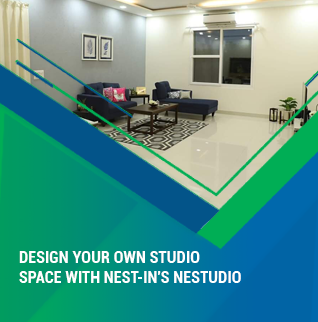






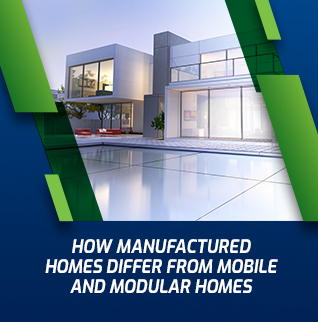























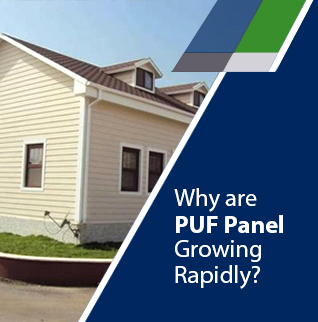







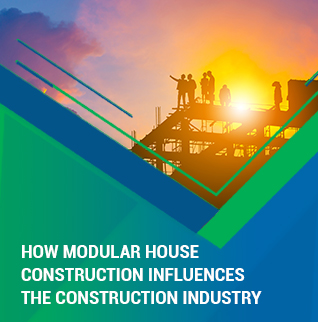







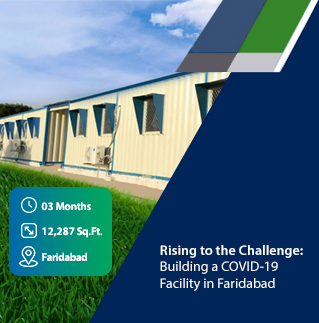




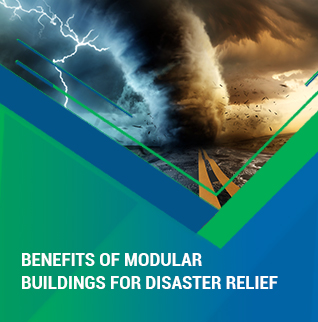

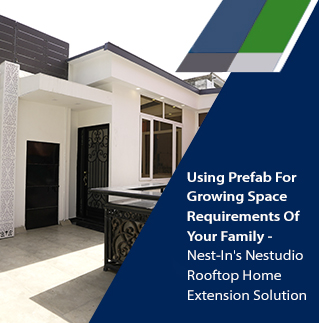




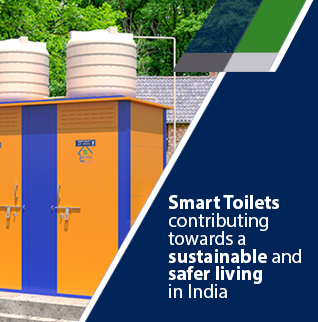







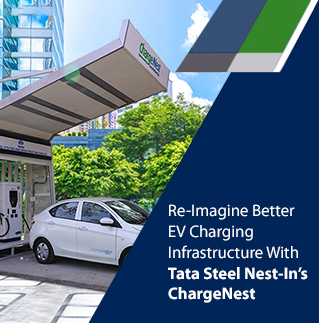




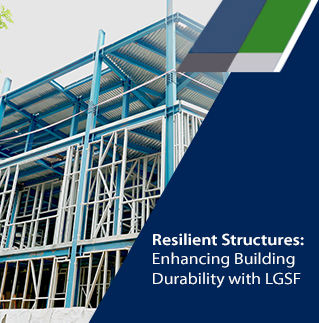

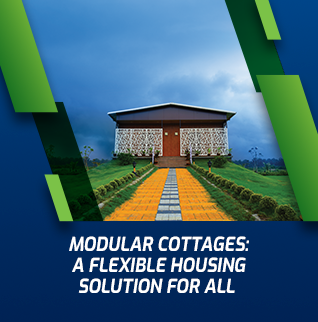












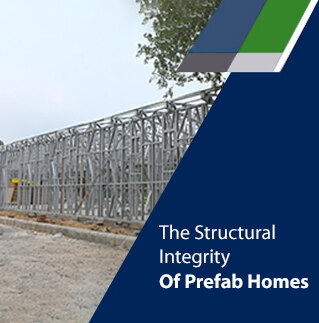















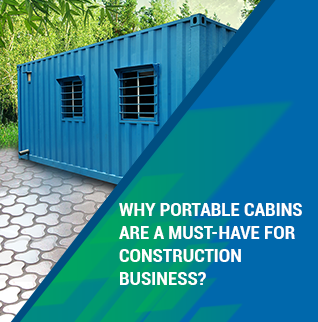


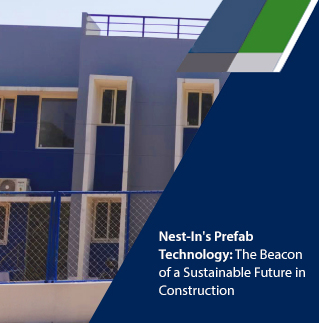




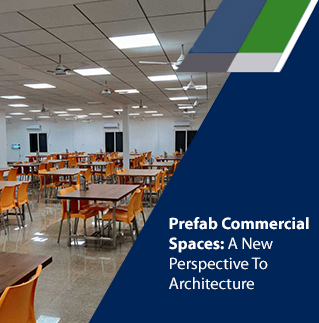

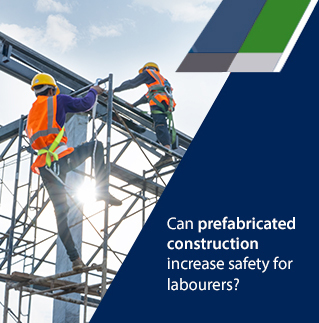











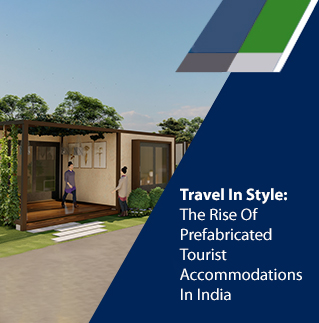




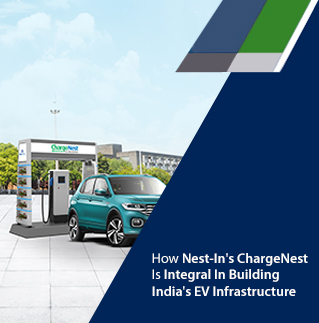
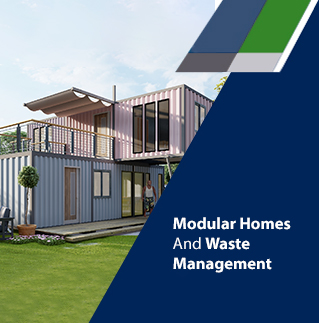







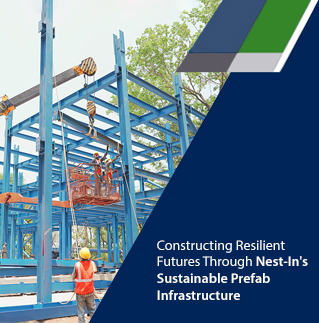



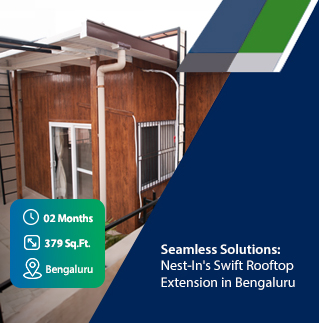







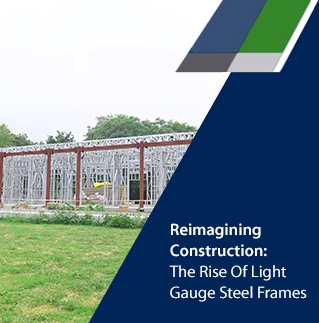











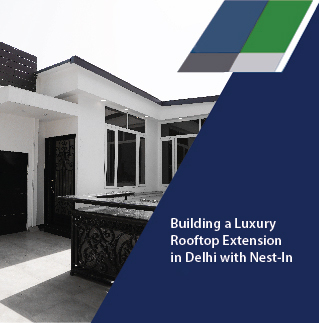











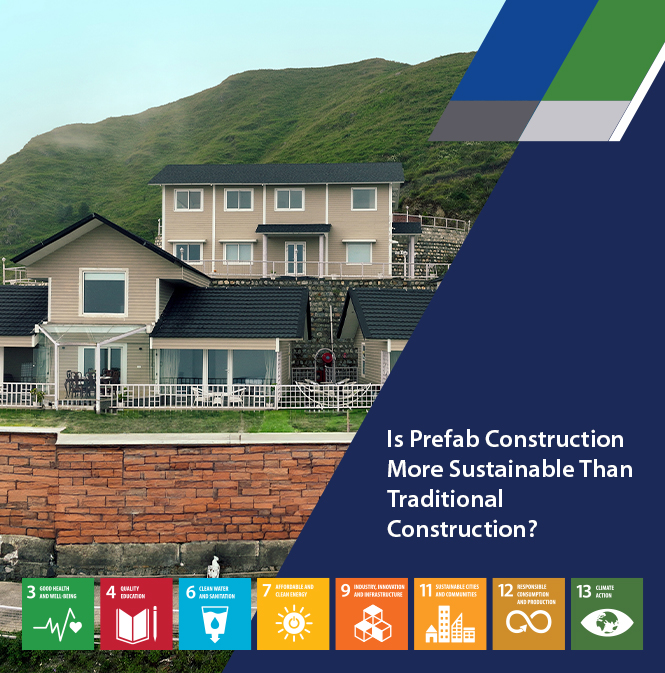



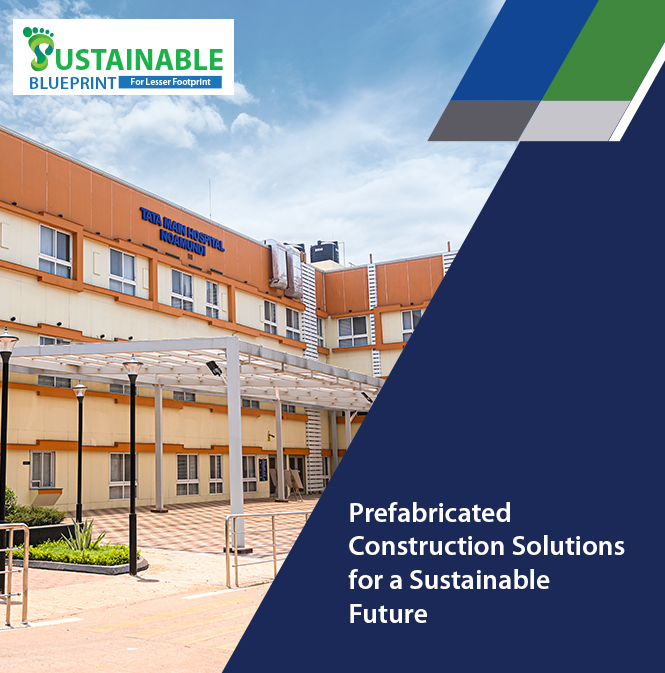
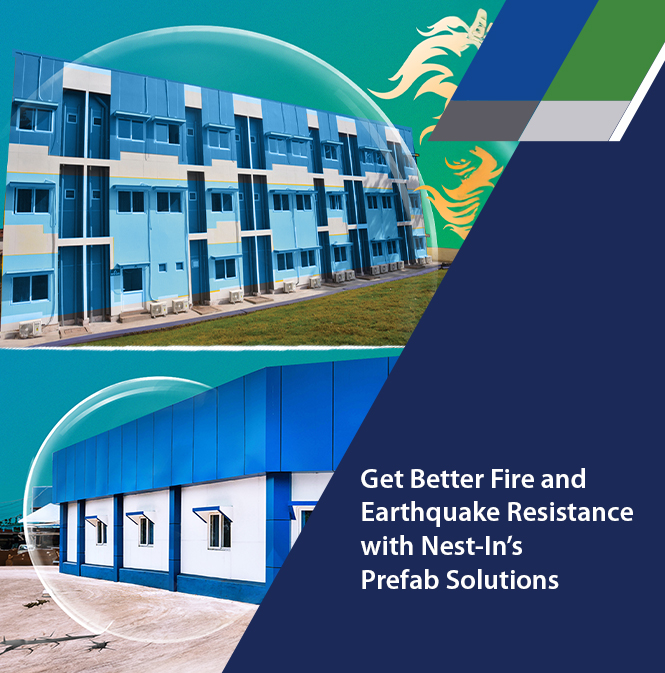













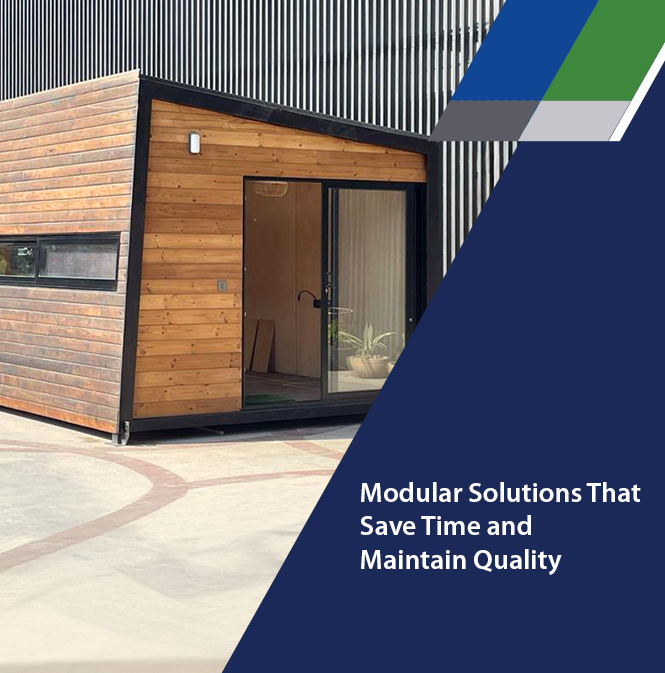




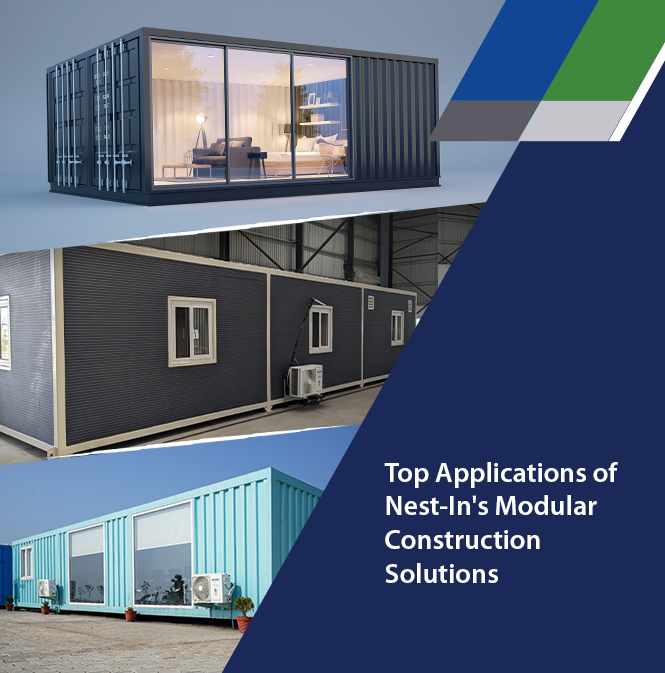




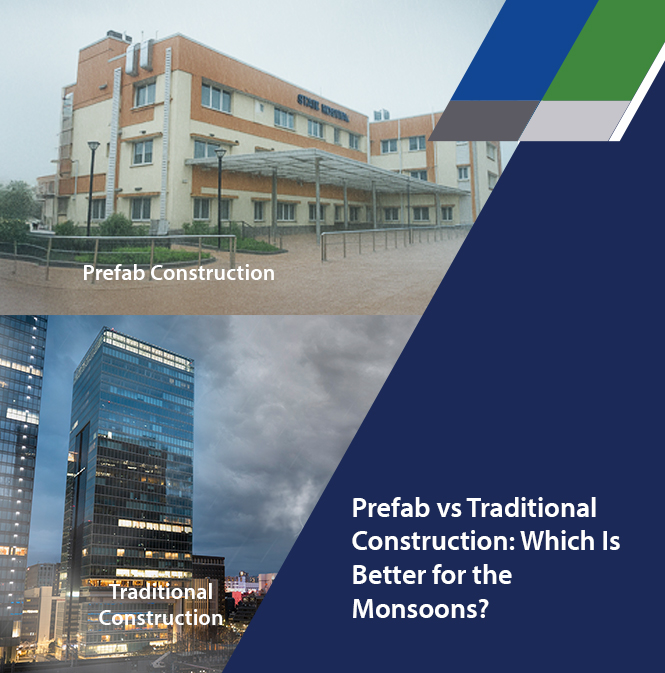






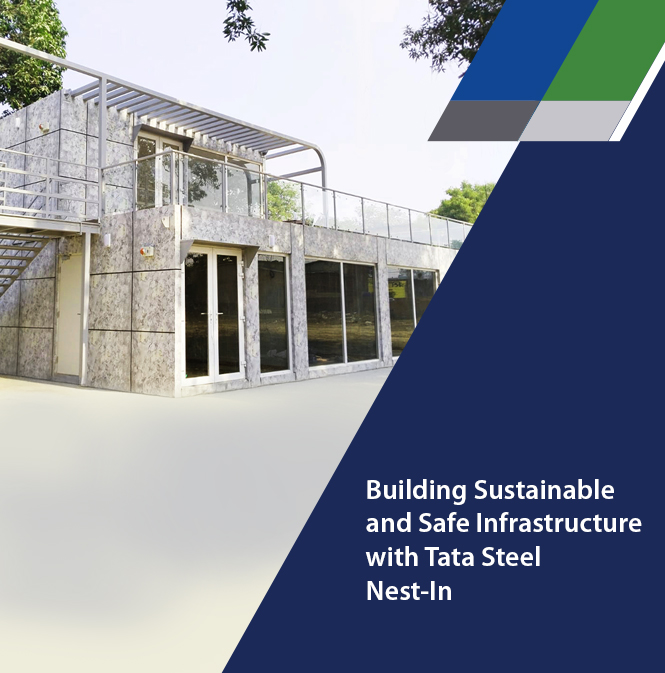
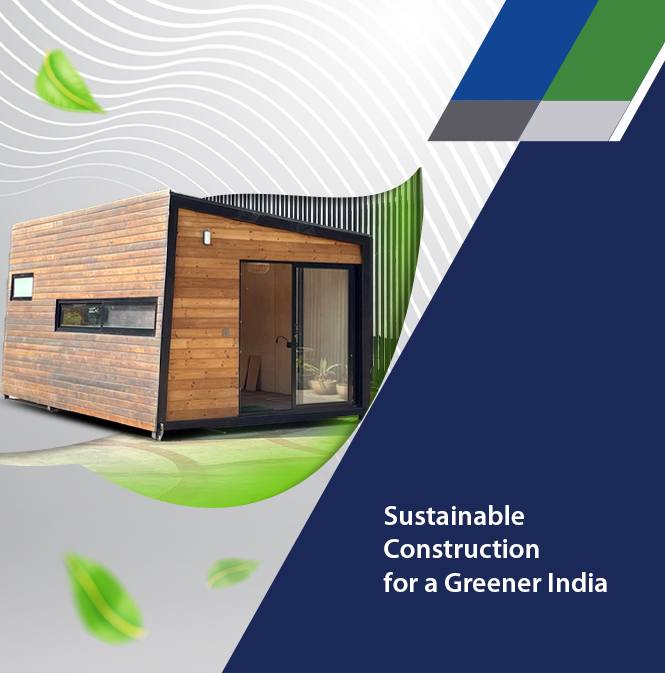





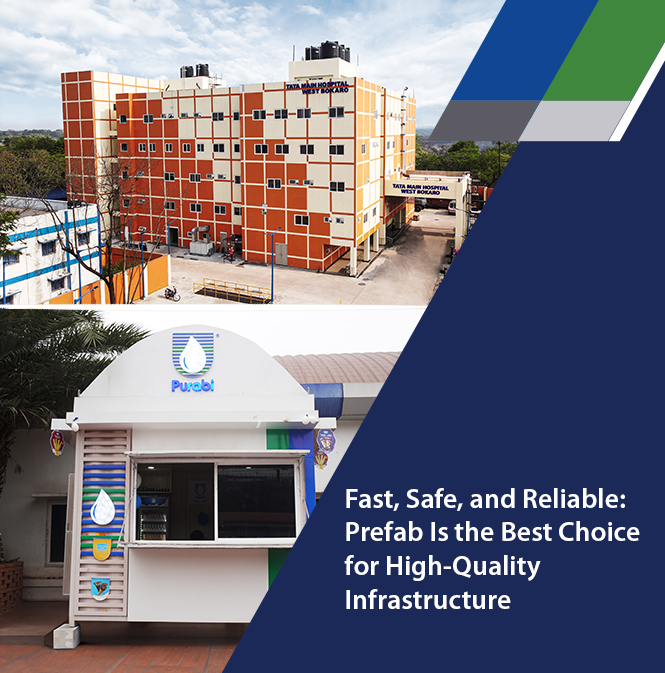

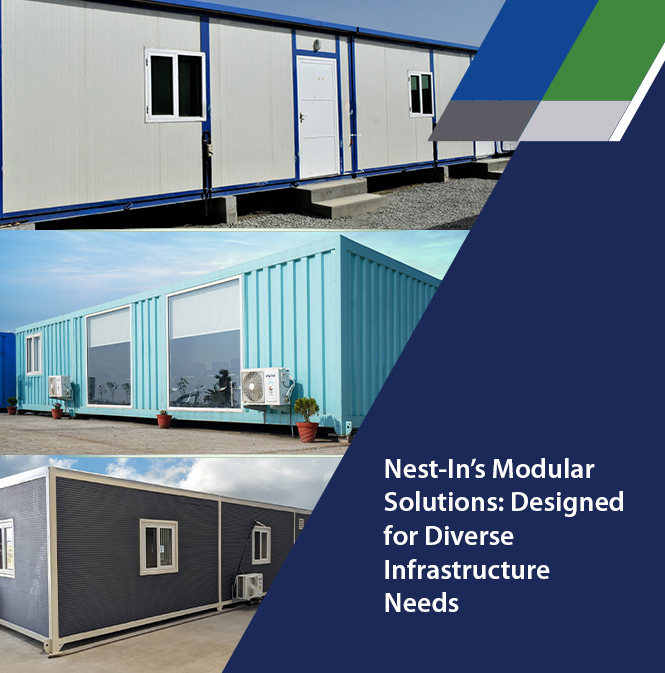

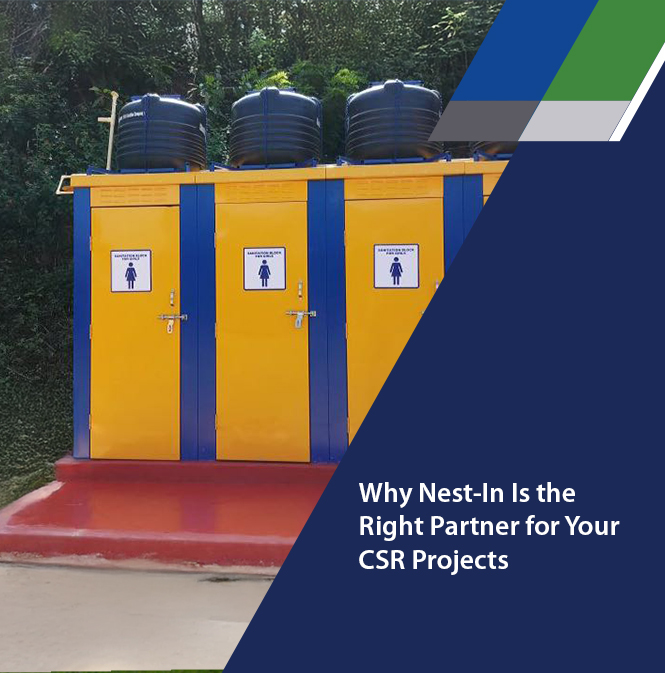




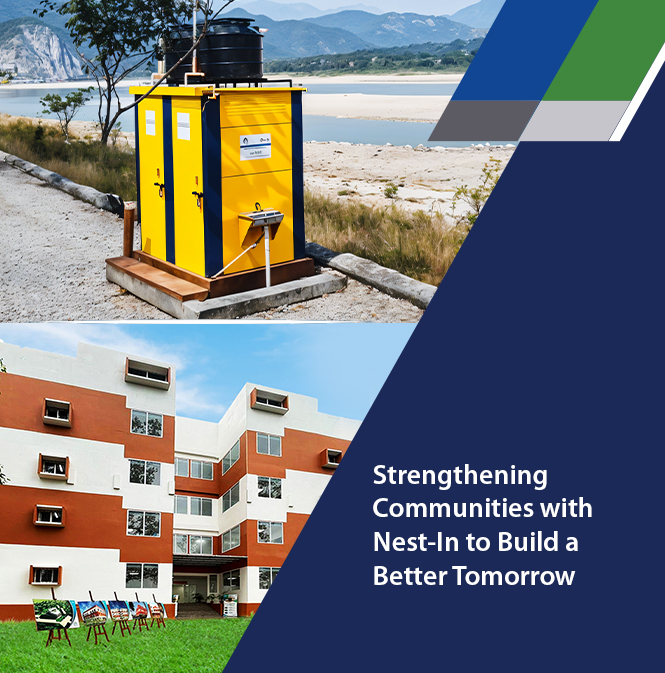





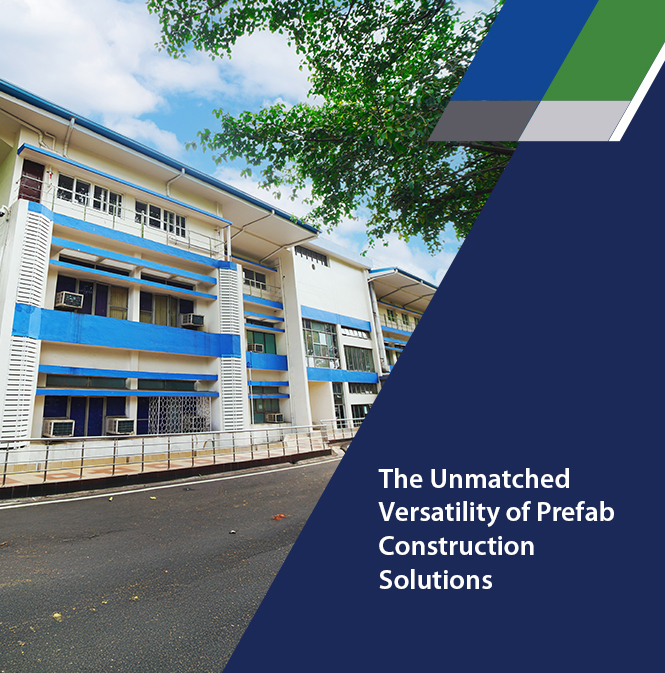
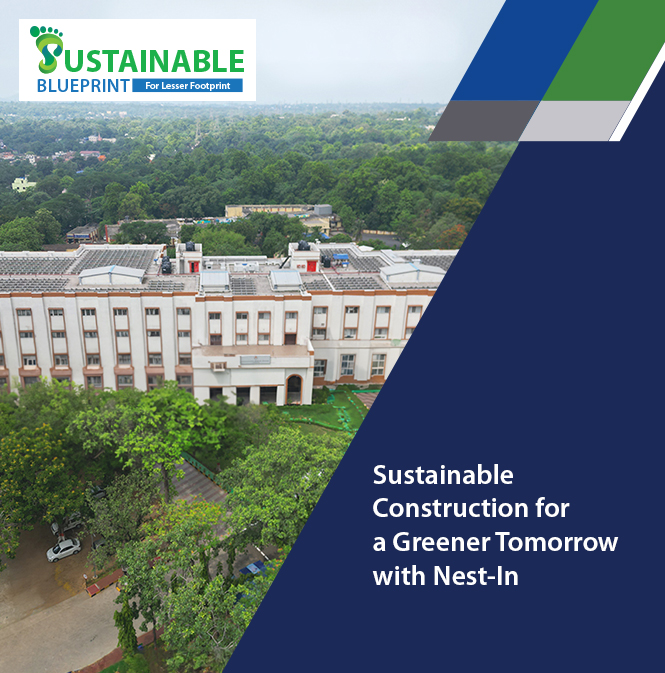




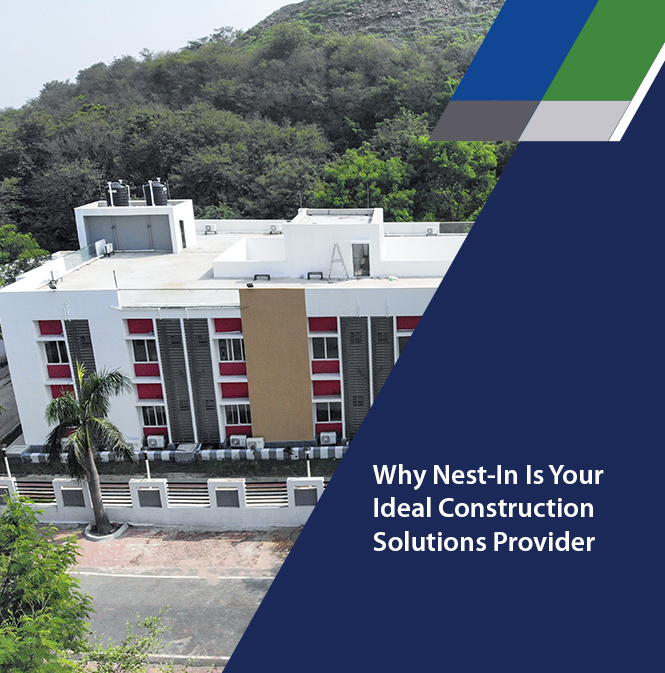
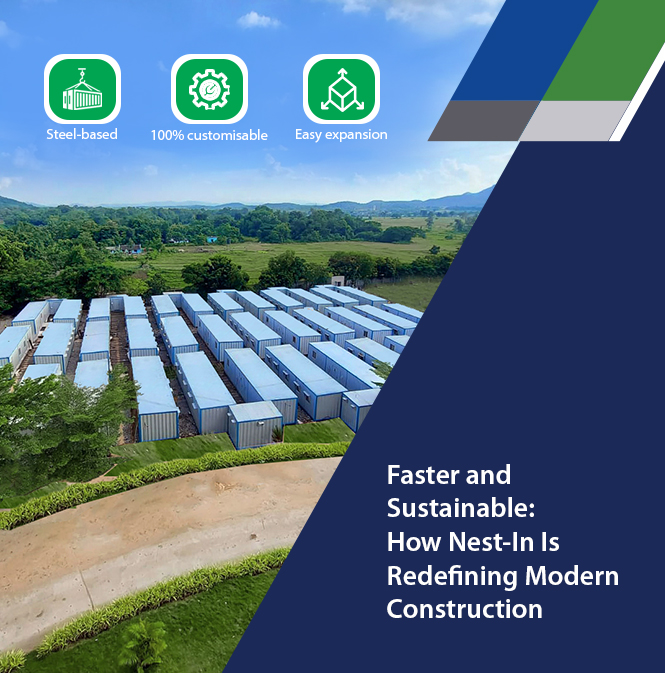
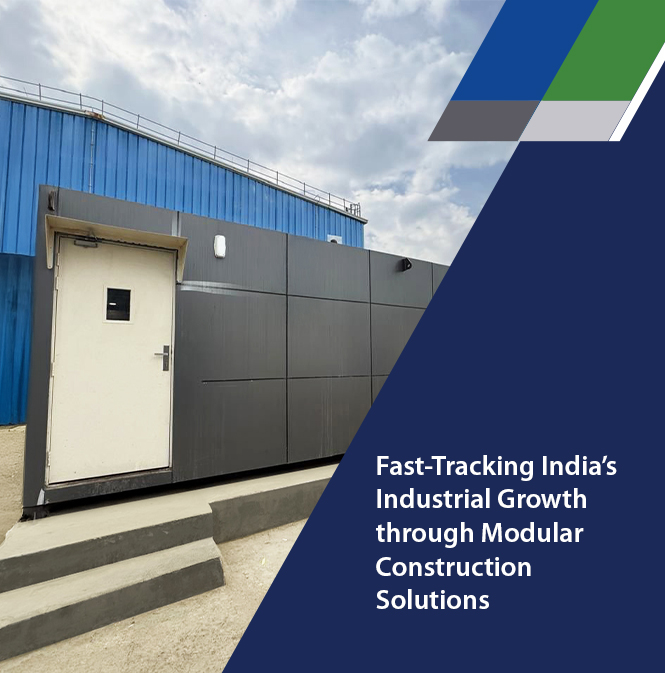


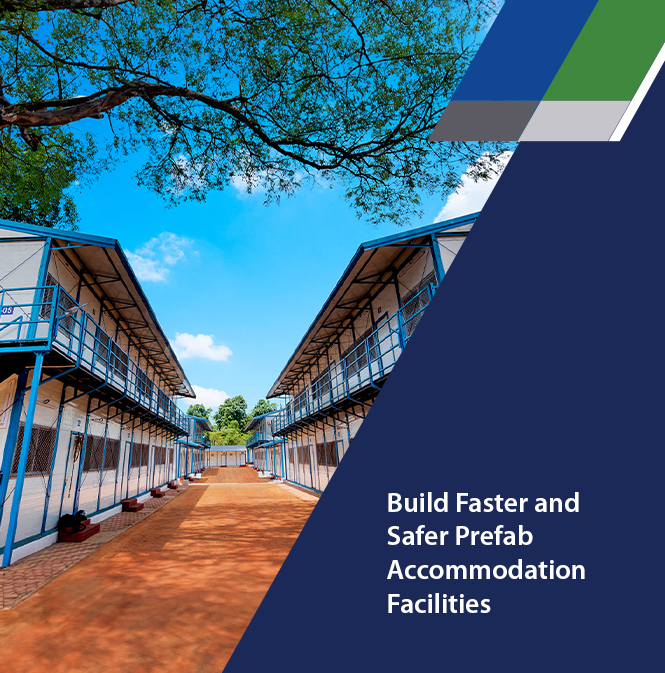











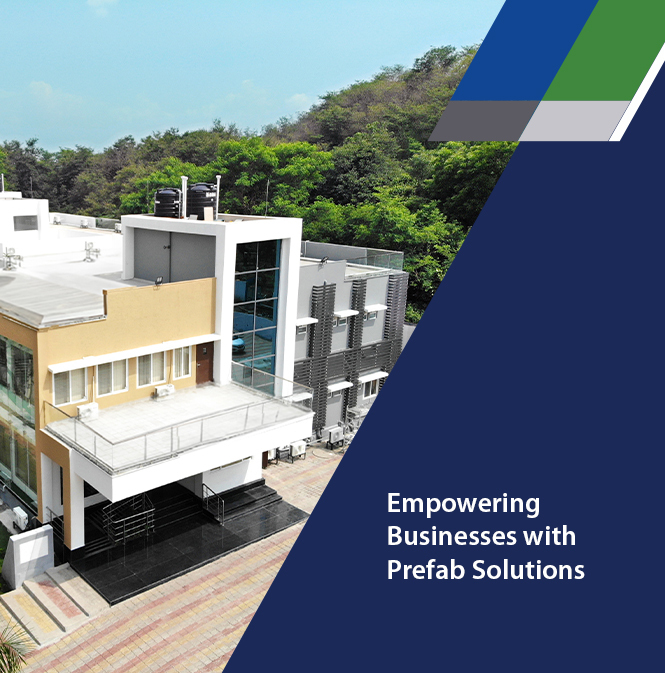


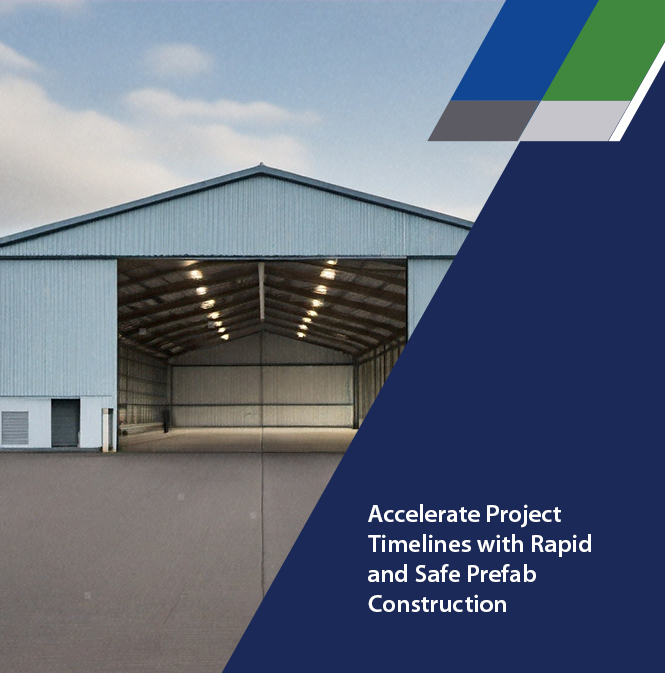



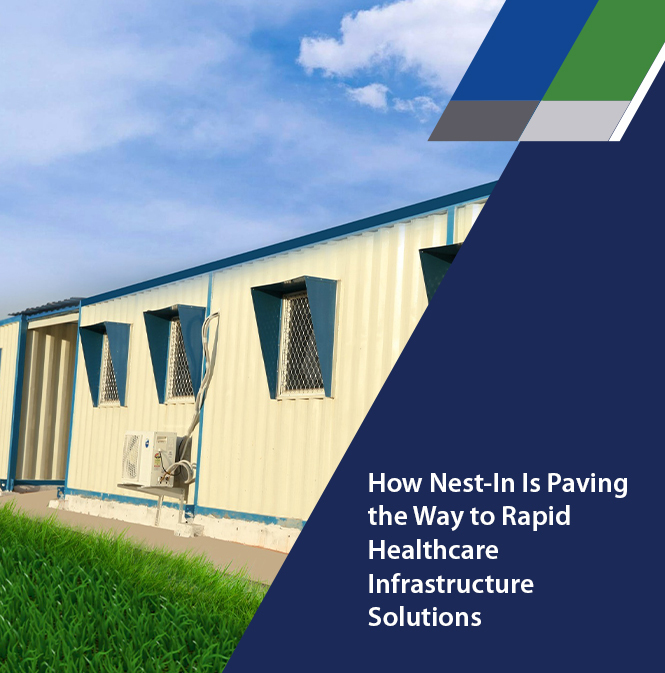
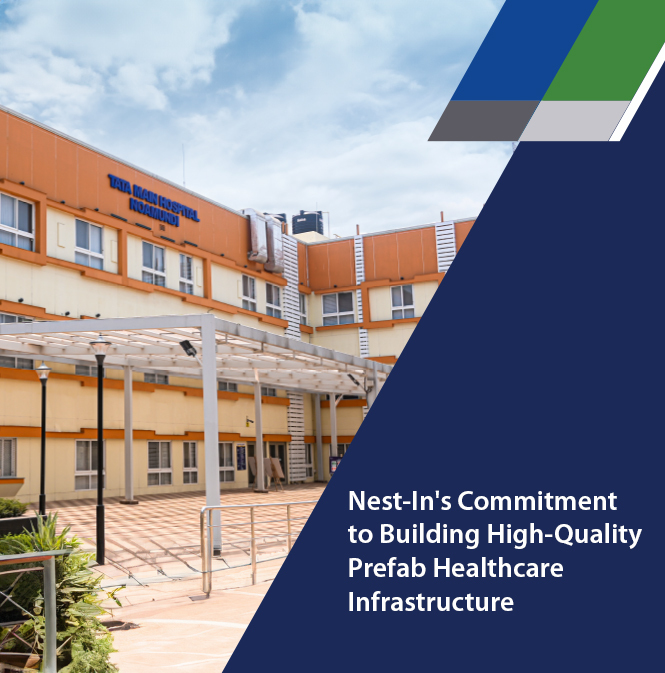








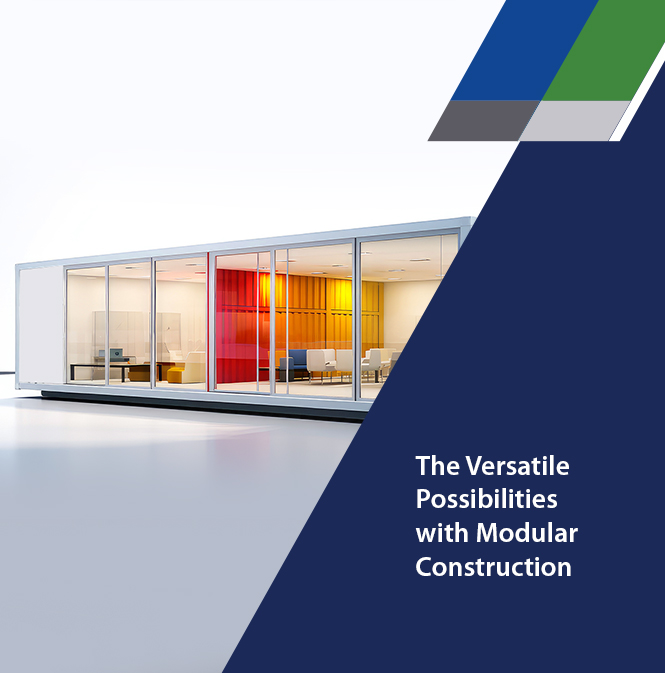
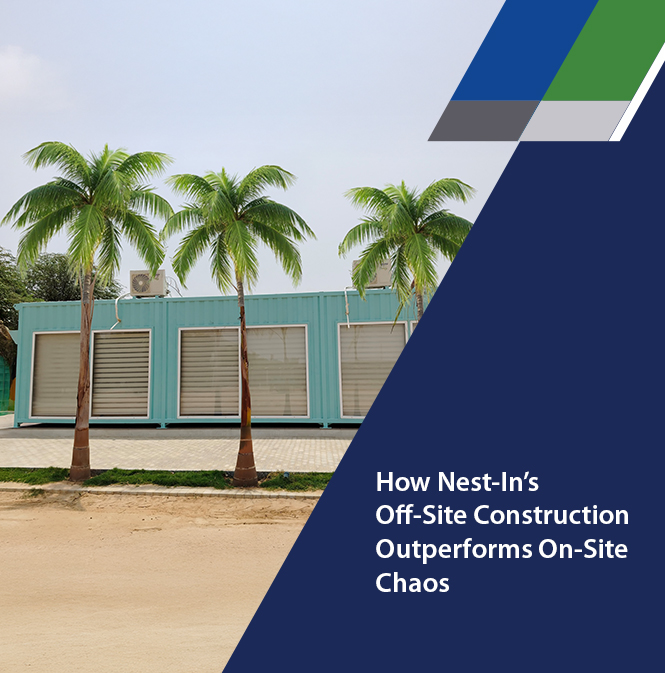

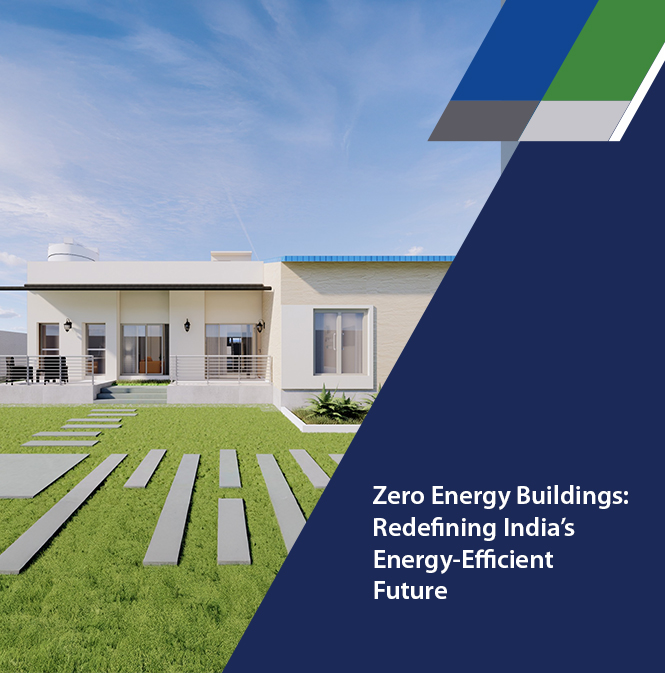
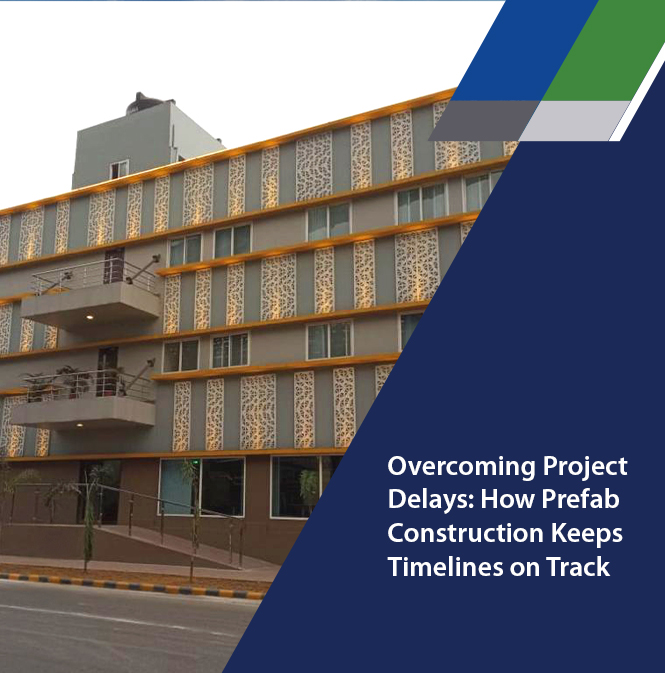







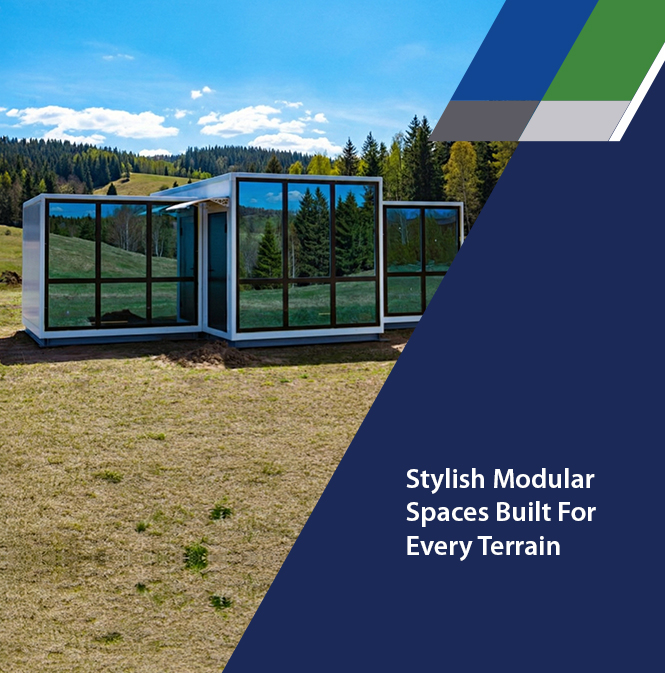
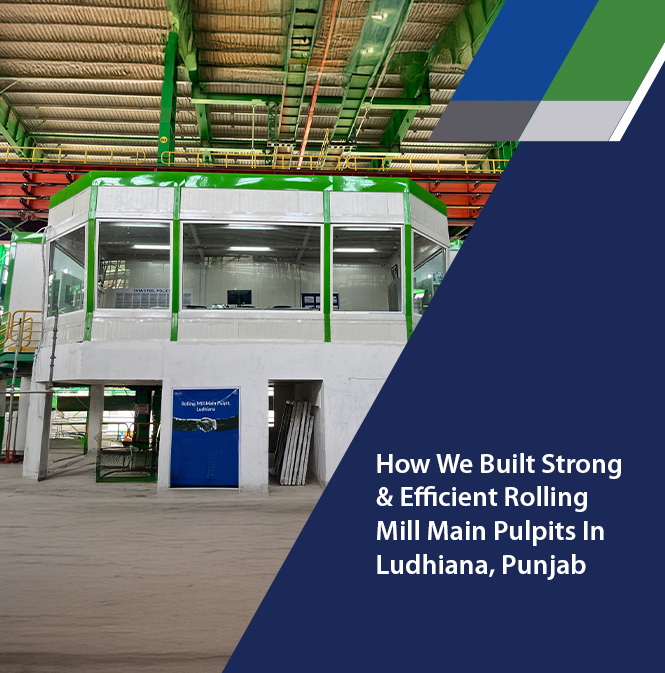



Add comment